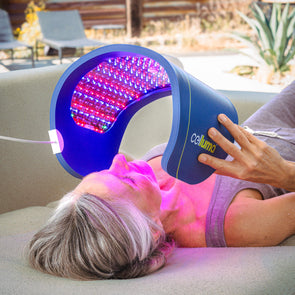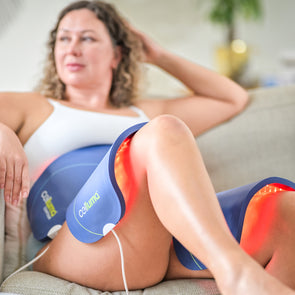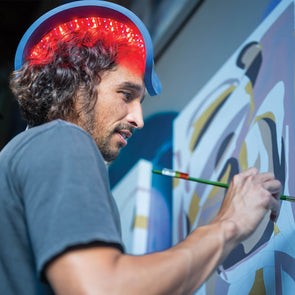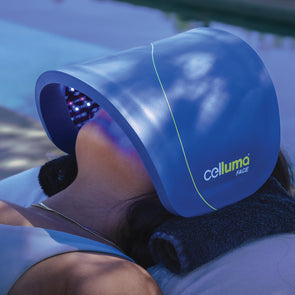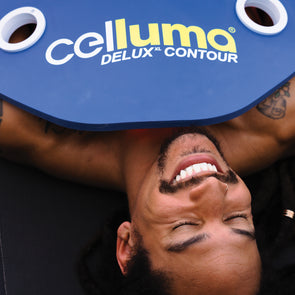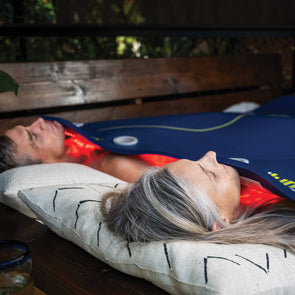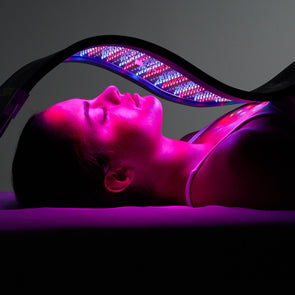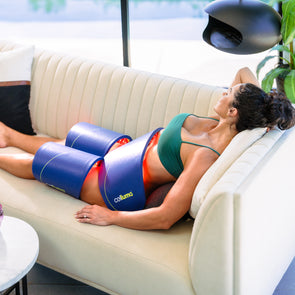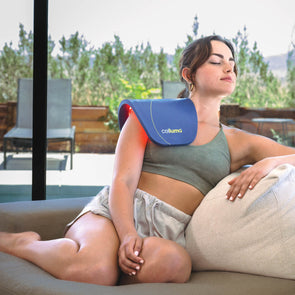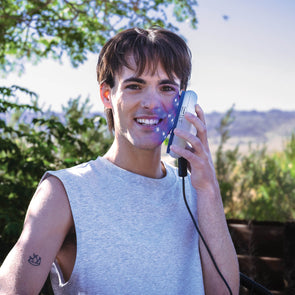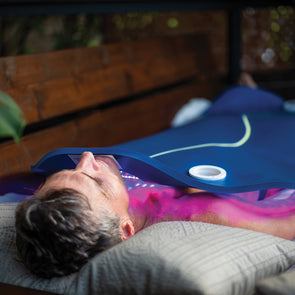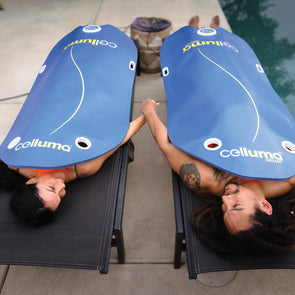Benefits of Professional LED Light Therapy Treatment and How The Equipment Really Works
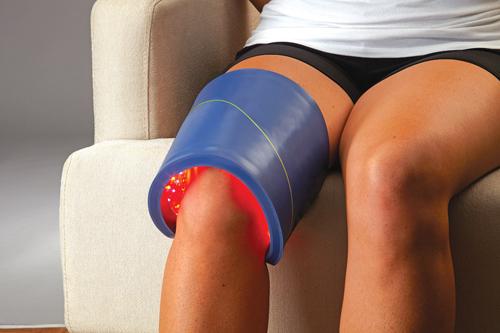
Many people believe that a more expensive LED light therapy device must mean it is more effective, or that a machine emitting more power than Celluma must mean it is more effective.
But nothing could be further from the truth. Let me explain how LED light therapy treatment really works and the different aspects of the machines used that make it truly effective. There are three critical aspects of physical optics at play into delivering an effective dose of light energy. The first aspect is the Bi-Phasic Dose Response Curve, which teaches us that a light energy dose of 2 – 10 joules per centimeter squared will trigger the up-regulation of ATP which is the desired effect of LED light therapy treatment. And delivering such a dose of light energy is a function of three things: the amount energy available for the cells to absorb from the light therapy machine, the distance the equipment is from the surface of absorption (skin) and the treatment time. A machine delivering below 2 joules per centimeter squared is not enough to increased ATP production, and one that delivers more than 10 joules per centimeter square risks the triggering of toxic oxidative events.
That then leads us to the second critical aspect of effective LED light therapy treatments, the Inverse Square Law, which teaches that a specified physical quantity is inversely proportional to the square of the distance from the source of that physical quantity. So, what does that mean? Let’s break it down in terms of LED light therapy. The practical effect of this law is that the closer light energy is emitted to the surface of the skin, the greater the dose of LED light therapy being absorbed by the cells. That being the case, a less powerful piece of professional LED light therapy equipment can deliver a greater dose of light energy than a more powerful device, depending on the proximity to the skin. This is the “secret sauce” of Celluma LED Light Therapy. Because the device flexes and keeps it shape, we are able to deliver a dose of light energy comparable to more powerful and more expensive pieces of LED light therapy equipment. More powerful and more expensive professional LED light therapy equipment just doesn’t equate to more results.

Examples of Professional LED Light Therapy Equipment
What’s truly great about the Celluma SERIES of light therapy equipment is that it is effective in both a professional clinical setting as well as for at-home use. Many skin care professionals have taken advantage of our retail, reseller, and affiliate programs so clients can stay on protocol with at-home use in between professional appointments. All of our equipment is thoroughly tested and FDA cleared for treating acne, aging skin, and pain. Some of our more popular professional devices include the PRO/iPRO, LITE/iLITE, the ELITE, and the DELUX/XL. Our more popular at-home devices include our HOME, SPORT, and CLEAR and POD.
And finally, the third critical aspect to understand with LED light therapy is the Law of Reciprocity, which teaches that the rate of the overall photochemicaly initiated process is proportional to the light intensity such that the overall amount of the process that occurs will depend only on the dose. Now, let’s unpack that definition. That would lead you to believe that a greater dose of LED light therapy leads to a shorter treatment time, which is true, but limited by the Bi-Phasic Dose Curve explained above. Increasing the dose delivery will reduce treatment time, as long as the dose does not exceed 10 joules per centimeter squared. Above that level you risk damaging the skin. This is why the vast majority of professional LED light therapy equipment with regulatory credentials treat in 20 – 30 minutes per session. The bottom line is that more power isn’t necessarily better, and sometimes, it’s bad.
All of the above is well cited and demonstrated in the more than 6,000 clinical papers on Low-Level Light Therapy. So yes, there are more powerful LED light therapy pieces of equipment on the market and they do cost more, but given that a less powerful and less expensive device can deliver a comparable therapeutic effect, why would you waste your money. The truth is in the science.


